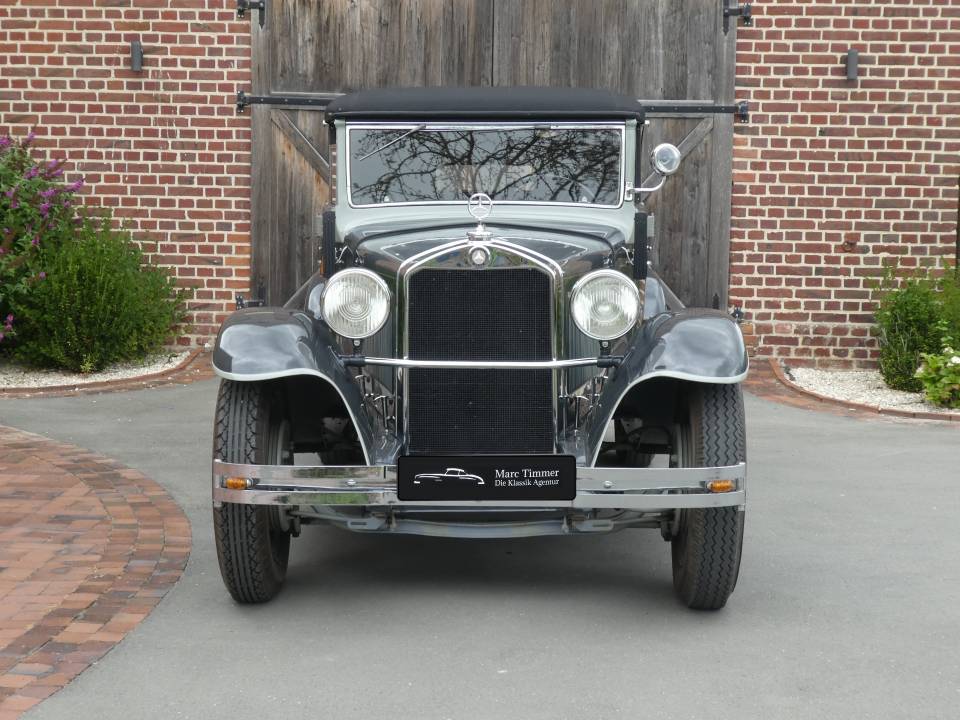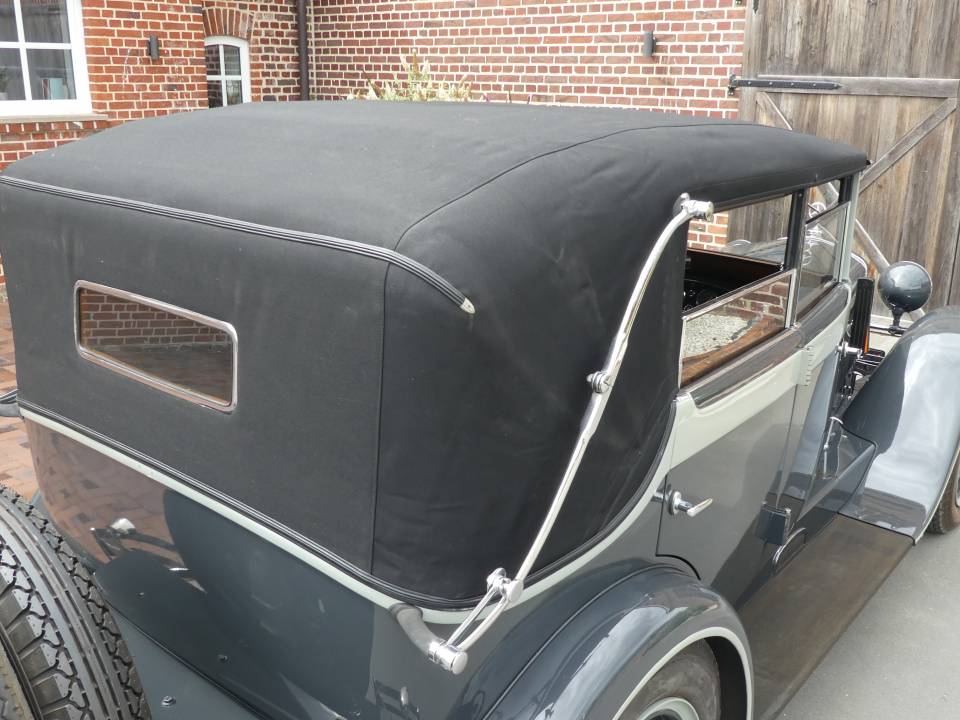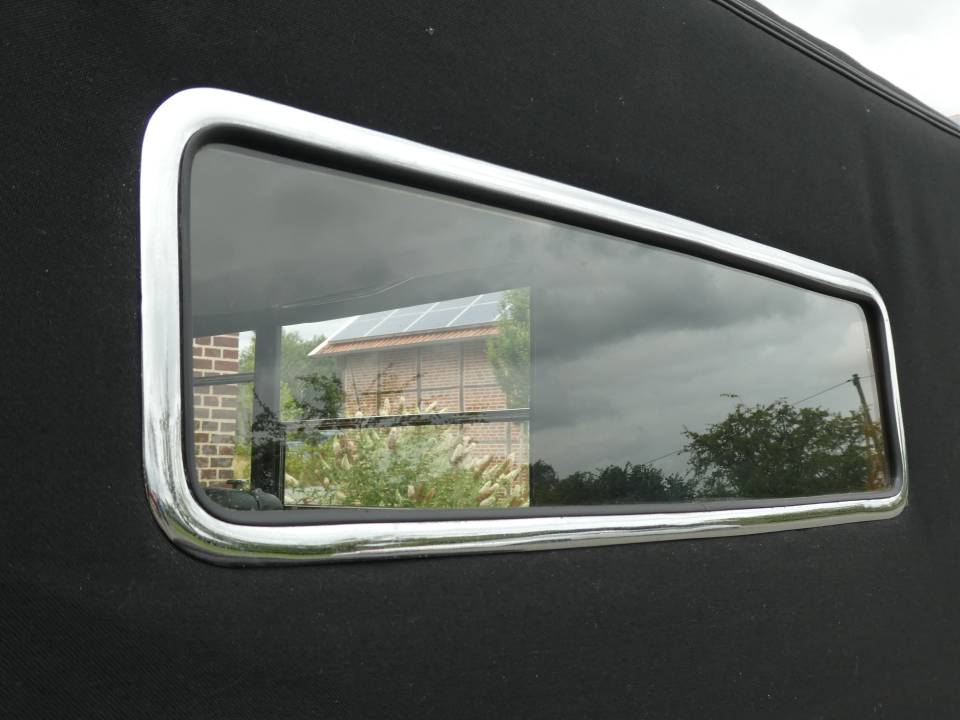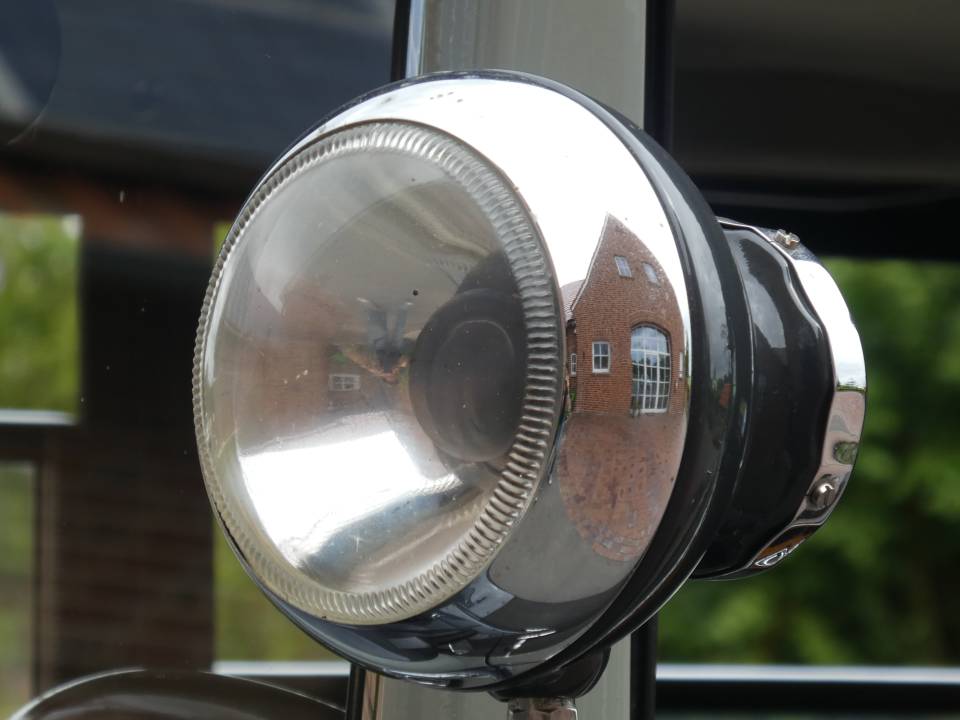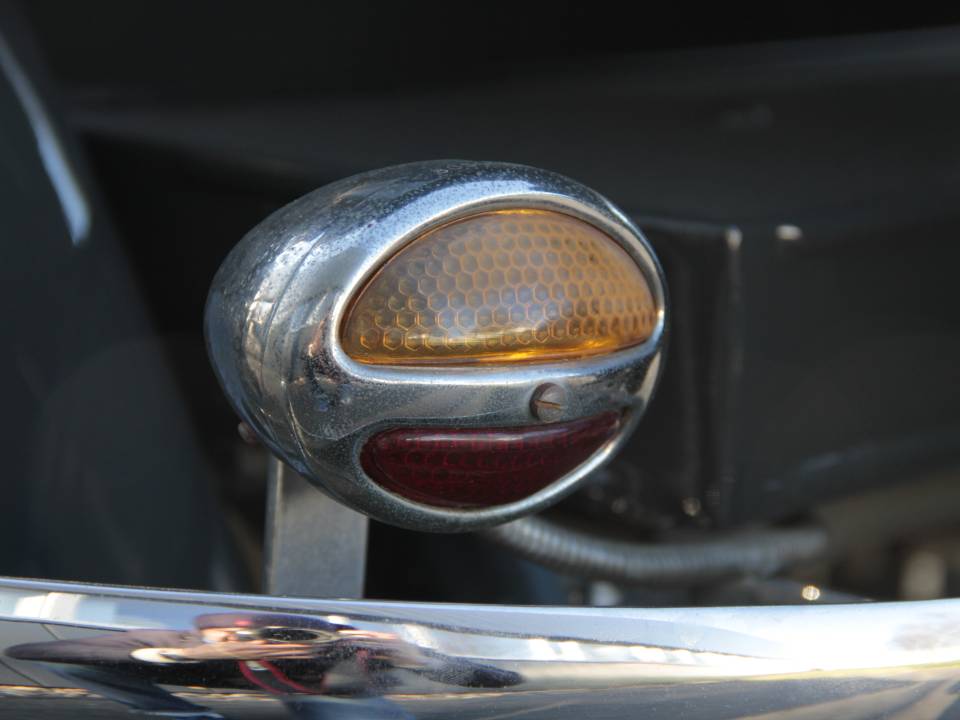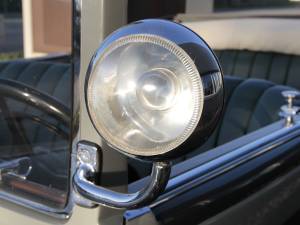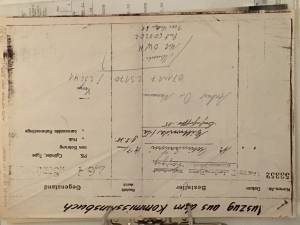1929 | Mercedes-Benz 10/50 PS Typ Stuttgart 260
Rare Original Convertible With Excellent Documentation Since 1957!
Rare Original Convertible With Excellent Documentation Since 1957!
Rare Original Convertible With Excellent Documentation Since 1957!
All services for this vehicle
Description
Vehicle history Type 10/50PS Stuttgart 260 Cabriolet D (Short Version)
Chronological
1929: First registration in July 1929
1930-1957: No information
1957-1992: Registration in the former GDR
1992-2008: Takeover by MB-Partner Hofmann, Paderborn Comprehensive restoration and registration
2008: Takeover by the current owner
Condition
- Body in original condition (restored, accident-free)
- Engine and gearbox in original condition (restored)
- Condition rating "2" according to 2018 report / H-approval
Documentation
- Comprehensive collection of documents (including vehicle registration documents GDR and FRG from 1957)
Model Details
Friends of the Mercedes-Benz brand are very familiar with the model series designation with the capital "W" at the front. The "W124" (E-Class), the "W126" (S-Class) and the "W201" (190 E) are undoubtedly among the most popular model series today. They are particularly well known to classic car fans. But what is behind the Mercedes model series nomenclature? This much can be revealed in advance: a long tradition! It goes back to the twenties of the last century. Even back then, Mercedes labelled their model series with the capital "Ws". In the early twenties, the numbers - for example "W6505" (Type 8/38 PS) - were based on the bore and stroke dimensions as well as the number of cylinders of the engine installed.
With the beginning of the Daimler-Benz era, there was also a paradigm shift in terms of model series designation. The W designations of the modern era were and are more or less consecutively assigned design numbers without any in-depth meaning. Based on the former system, the previously named "W6505" type 8/38 PS, for example, was given the internal designation "W02". In other words, it was the second model after the 5/25 hp prototype to go down in the history books of the Daimler Group as the "W01".
From February 1928, Daimler also modernised the sales designations of the Mercedes-Benz models. The classic horsepower designations, which had been used by all car manufacturers for around two decades, were henceforth supplemented by a three-digit number at Daimler-Benz. Multiplying this figure by ten gave the rounded cubic capacity of the model in cm³. The aforementioned "W6505" or 8/38 PS thus became the "8/38 PS Type 200" with a displacement of two litres.
If you, as a reader of these lines, are now asking yourself "why the excursion into Daimler history?", I would like to reveal that by taking a look at the Mercedes history books, I would like to give you a little foretaste of the Mercedes Benz 10/50 PS Type Stuttgart 260 that I am offering on behalf of a customer.
The Mercedes-Benz "Stuttgart" model, which was introduced at the beginning of 1929 following a model upgrade, represented the link between the 200 and 350 models at the time. The 2.6-litre car - known internally as the "W11" - was based on the two-litre model. Nevertheless, it had a significantly more powerful engine, which was intended to satisfy the increased performance demands of the customers of the time without leaving the segment of inexpensive cars.
The engine of the Stuttgart 260 model - internal designation M11 - was based on the stable two-litre unit, in which only the bore had been increased to 74 mm. Like its smaller-displacement twin brother, the Stuttgart 260 was a conservatively designed car that had earned an excellent reputation for reliability and robustness.
The equipment of the Type 260 also stood out clearly from its smaller brother, the Type 200 - especially in the "luxury" version. The exterior of the latter was characterised by nickel-plated bumpers, hub discs, window surrounds and headlights, for example. Furthermore, the radiator screw fittings and the connecting rod of the headlights are presented in an elegant metallic lustre. The dashboard of the luxury model was also more extensively equipped with a conventional speedometer and the time clock included as standard. In addition, spring protection gaiters were standard equipment.
Production of the Stuttgart 260 began in September 1928 and reached mass production numbers (3640 vehicles) in February 1929. An interesting detail in passing: the 4-seater, 4-door Cabriolet D of the Stuttgart 260 offered by me was the most expensive variant of the type series with a price of RM 10,600.
The passenger car variants of the Type 10/50 Stuttgart 260 series "W11" were produced until May 1933. Production of the 2-litre model was discontinued in April 1933. Its successor was the more modern "swing-axle car" Type 200 (W21).
The number of surviving W11 models after the Second World War is difficult to determine. The majority of the vehicles were destroyed, others were taken abroad as war booty. In view of this, I am all the more pleased to be able to offer you this Mercedes Benz Type 10/50PS Stuttgart 260 Cabriolet D, which was first registered in July 1929 and is an impeccably preserved, extremely rare example of Mercedes Benz history in top condition.
The classic car with H registration comes with a comprehensive collection of documents, including original vehicle registration documents (GDR from 1957, FRG from 1992), the original owner's manual and an original spare parts catalogue for the vehicle. The documentation also includes invoices from a major restoration (Mercedes-Benz partner Hofmann Paderborn, the vehicle's owner at the time) and a classic vehicle appraisal from 2018.
It should also be emphasised that the Mercedes-Benz classic is technically flawless. The Type 10/50, which is registered on a seasonal licence plate, starts easily, runs smoothly and its gearbox shifts cleanly. Convince yourself of the collector's condition of this marvellous Mercedes classic.
A viewing of the vehicle is possible by telephone arrangement and in compliance with the current Corona regulations, as is a test drive. I look forward to your call!
Note: The author assumes no liability for printing and typing errors!
Vehicle details
Vehicle data
- Make
- Mercedes-Benz
- Model series
- 10/50 PS
- Model name
- 10/50 PS Typ Stuttgart 260
- Manufacturer code
- W 11
- First registration date
- 07/1929
- Year of manufacture
- 1929
- Mileage (read)
- 20,753 km
- Chassis number
- 82830
- Engine number
- auf Anfrage
- Gearbox number
- auf Anfrage
- Matching numbers
- Yes
- Previous owners
- 3
Technical details
- Body style
- Convertible
- Power (kW/hp)
- 37/50
- Cubic capacity (ccm)
- 2600
- Cylinders
- 6
- Doors
- 4
- Steering
- Left (LHD)
- Gearbox
- Manual
- Gears
- 3
- Transmission
- Rear
- Front brakes
- Drum
- Rear brakes
- Drum
- Fuel type
- Petrol
Individual configuration
- Exterior color
- Grey
- Manufacturer color name
- Gray
- Interior color
- Green
- Interior material
- Leather
Condition, registration & documentation
- Condition category
- Restored
- Has Report
- Report provider
- SV Wilming
- Rating
- 2
- Condition
- Show inspection report
- MOT
- MOT until
- 04/2026
- Historical license plate
- Registered
- Ready to drive
- Accident free
Self assessments
Location
Die Klassik Agentur - Marc Timmer
Marc Timmer
Bismarckallee, 39a
48151 Münster
🇩🇪 Germany







